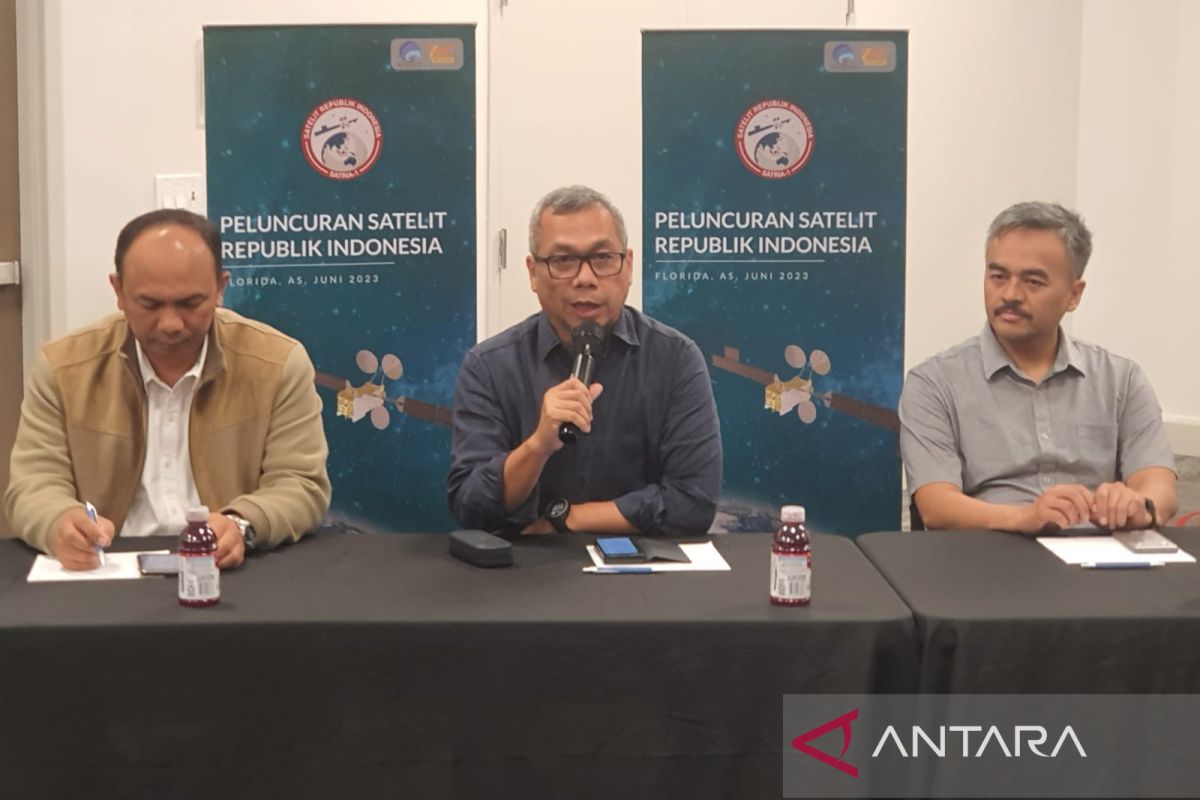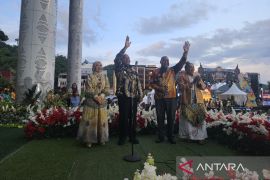"Satellites work simpler. As long as we have an orbit, it can (provide an internet network)," the ministry's Director General of Public Information and Communication Usman Kansong stated in Orlando, Florida, the United States, Friday (June 16) local time.
Kansong noted that as compared to the development of terrestrial internet networks, such as fiber optics, satellite internet has a simpler mechanism, especially in terms of anticipating risks and obstacles.
Meanwhile, in constructing internet fiber optics under sea, several mitigatory measures should be prepared, such as anticipating disasters and permit for environmental impacts, which become a long-term challenge.
As for satellite internet, the mitigation needed is simpler, as the internet organizer only needs to ensure the satellite can fly smoothly into orbit.
Hence, as a step to accelerate digital transformation, the Indonesian government presents the Great Indonesia Satellite (SATRIA) project series, with the first being SATRIA-1 that will launch on June 18, 2023.
SATRIA-1 aims to provide internet service to 3T areas that are unreachable by terrestrial internet networks.
Nonetheless, Kansong said, satellite internet will not be used as the main solution and is only complementary.
Director of Public Service and Government at the Telecommunication and Informatics Accessibility Agency (BAKTI) Danny Januar Ismawan ensured that the government will still build fiber optic terrestrial infrastructure for 3T areas for the long-term plan.
Satellite-based internet services will gradually be migrated to terrestrial internet services.
"When the support network, such as the Palapa Ring backbone (in the 3T area) already exists, we will gradually migrate (satellite internet services to terrestrial)," Ismawan stated.
Related news: Development of satellite orbiting rocket to have economic impact:
Related news: Satria satellite to drive development of new economic centers
Translator: Livia K, Kenzu
Editor: Azis Kurmala
Copyright © ANTARA 2023








